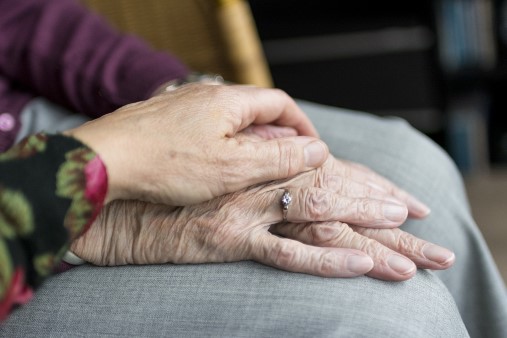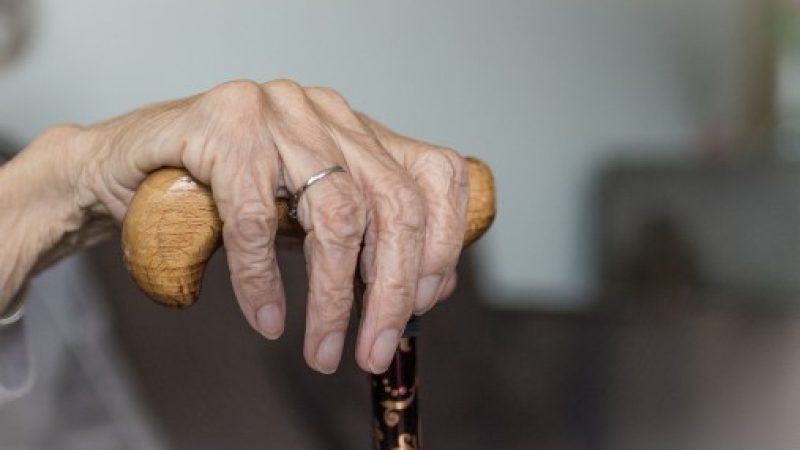At some stage of our lives most of us will need to consider aged care options, for ourselves or for family members. To say this is a daunting process is an understatement; both navigating the government support and working out which is the best service, can be time consuming, confusing and expensive.
[This post was written in collaboration with Aged Care Prepare]
It might be that you or a family member need to go into residential aged care, or are requiring home care services. Perhaps there is a need for respite care, either in home or in aged care accommodation. Each of those comes with its own issues to be considered. In many cases you may need to transition between services, which can mean a repeated, multifaceted search for the right services and advice
Our journey with multiple aged care services – it wasn’t simple.
We have faced a lot of these issues within our family. A family member was initially living in her own home with home support services from the Department of Veteran’s Affairs Home Care. Her son had worked with her to secure her DVA pension and the associated services. Living remotely, this provided us with a level of comfort as did the nearby presence of a cousin, as well as her very good friend across the road.
But the time came when this family member needed to move into a care facility and the search was made for accommodation close to her community.
It was assessed that hostel accommodation was the most suitable move and so her home was packed up and she was moved into her own room in a local hostel. At this stage the family began having to navigate the various costs and government assistance packages. To say this was a tangled web is an understatement, and of course the Refundable Accommodation Deposit was substantial.
Sadly, as is often the case, it was eventually found that higher care was needed. At this stage respite care was required whilst nursing home accommodation was secured. As the lead time for this change was very short, there was a scramble to secure this respite care and it was located quickly but in a very inconvenient and remote location.
We found too that during this process everyone had an opinion, many of which were well intentioned but not exactly helpful. It was difficult to sort the wood from the trees.

Ultimately the family member was moved to a nursing home closer to her local area and she lived her last days in that location, but the level of stress generated for family members during those years was immense.
What is aged care and what services are available in Australia?
The Productivity Commission has described aged care as: “A range of services required by older persons (generally 65 years and over (or 50 years and over for Indigenous Australians)) with a reduced degree of functional capacity (physical or cognitive) and who are consequently dependent for an extended period of time on help with basic activities of daily living. Aged care is frequently provided in combination with basic medical services (such as help with wound dressing, pain management, medication, health monitoring), prevention, reablement or palliative care services).”
On average around 40 percent of older people require assistance as they age. Much of this assistance is provided by family members, friends or neighbours, though most older people (80 percent) will use some form of government-funded aged care in their lifetime.

From that very broad description of aged care we can drill down to the various options available, and this is where it can get incredibly confusing and stressful. Broadly the options are:
- Home care services – for older people who are able to continue living independently in their own homes with support, the Commonwealth Government provides assistance through the Commonwealth Home Support Program (CHSP) and Home Care Packages. This assistance includes nursing, personal care, cleaning, help with preparing meals, shopping, home maintenance and other tasks. At-home support is funded by the Australian Government with a contribution paid by the consumer depending on their financial circumstances. Sadly you need to be aware that the demand for home care services in Australia is currently exceeding supply. That makes planning ahead even more important.
- In home or residential respite care – respite care is by its nature short-term and is designed to support carers at times when they are unable to provide care, or when they need a break. Respite care may be provided for a few hours, a few days or longer, but is not designed as a replacement for permanent home based or residential care services.
- Transition care – transition care is for older people who have been in hospital and need additional help as part of their recovery at home. The Transitional Care Program provides short-term care such as physiotherapy, occupational therapy, social work, nursing support or personal care after a hospital stay.
- Residential aged care – nursing home. This is available for various levels of services in accordance with the needs of the service recipient. As per our experience it may be necessary at some stage to transition from one level of care to another. Residential aged care includes accommodation, meals, laundry, personal care and nursing assistance. The costs of residential aged care are subject to a means test. The outcome of this means test will determine how much you have to contribute to your care, and how much the government will subsidise your care.
What are the financial issues around residential and other forms of aged care?
If you then overlay the various financial circumstances on these options it becomes even more of a quagmire, and it essential that you fully understand your options and commitments. These will vary according to your/your loved ones situation.
Is there a DVA pension involved, or a Commonwealth Aged Pension, is the aged care recipient a self-funded retiree? Your specific circumstances will need to be determined to allow the correct aged care solution to be found within the applicable financial situation.

In order to access aged care services in Australia and to understand the associated costs it will be necessary for you to have an Aged Care Assessment completed (ACAT assessment). Thus begins the myriad of paperwork and legal issues you will need to come to terms with.
Where to find help in understanding the Aged Care system in Australia
If you are feeling confused by now (and why wouldn’t you be!) you have the option of doing your own research and starting from the bottom to work through the various service options and their costs, from getting through an ACAT assessment to choosing the right service and level of care for your situation. Or the much easier alternative is to utilise a single point of contact which summarises all of the options available.

Be aware too that the aged care landscape is constantly changing and your preferred services might not be readily available in your chosen area. All the more reason to have an expert in your corner.
If we had to make these decisions all over again I know which option I would choose, how about you?
For those not in need of care services other living options in retirement may be a retirement village or manufactured home park. Read about those possibilities and pitfalls.
Have you needed to navigate aged care services in Australia? What was your experience? What would have made the experience easier for you?





